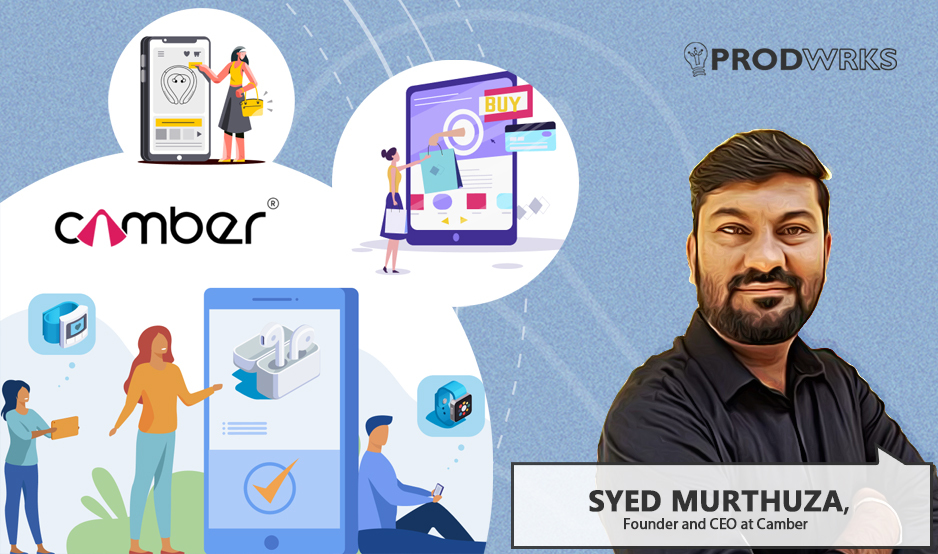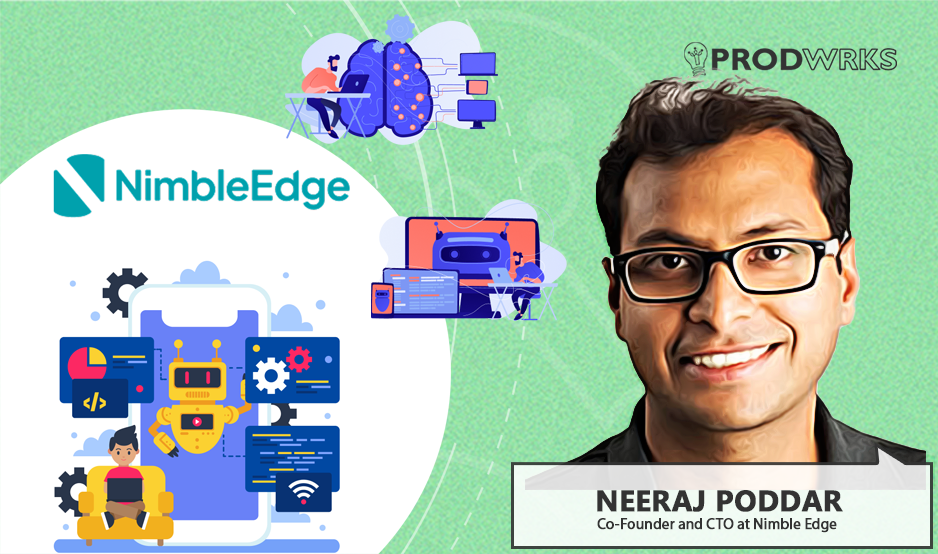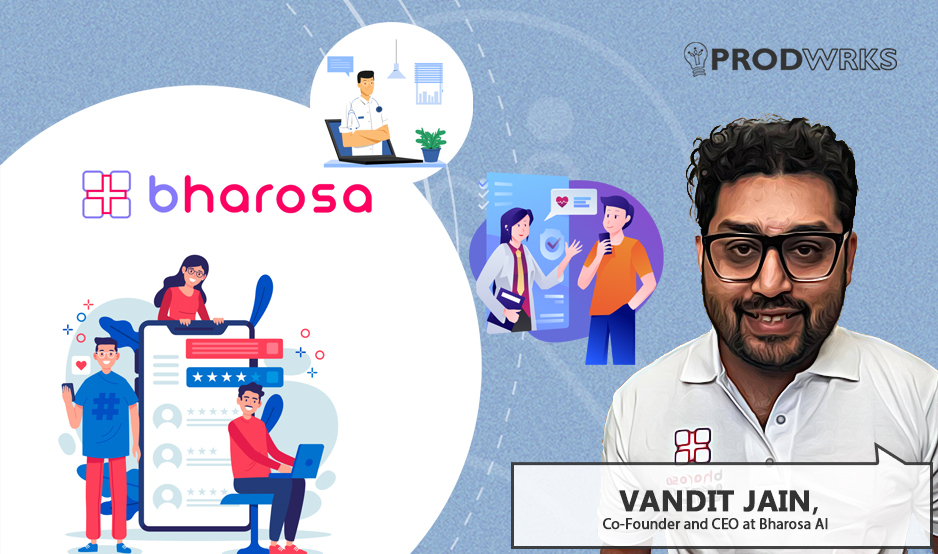
The India Skills Report 2023 by Wheebox and CII found that only 50.3% of Indian graduates are employable, reflecting a long-standing gap between academic learning and industry needs. Traditional education remains theory-heavy, leaving many graduates without the practical skills required in technology, engineering, and data science.
S Reine De Reanzi , CEO and founder of Aivagam, began her career in teaching before transitioning to the tech industry as a QA analyst in Bangalore. Despite a computer science degree, she started from scratch without a structured learning environment.
“I thought my teaching would be more impactful if I worked in the industry first,” she says. “But I quickly realized people just followed what they’d been taught, without understanding how to build a strong foundation. That’s when I began my quest, as I didn’t know much about the career I was entering.”
Aivagam, which translates to “laboratory” in Tamil, is an edtech SaaS platform by TopGrep designed to provide structured, hands-on problem-solving environments where users learn by doing, making them industry-ready.
In a conversation with ProdWrks, Reine shares what went into creating the platform.
The Need For A No-Setup Environment
“You can give them videos or books, but unless they have a space to try things out, it doesn't translate,” she said. “So I had this idea to create something where people didn’t just go through videos or read theory from a book, but had a structured space to practice hands-on.”
Aivagam’s initial approach started with taking physical classes, and the sessions revealed several challenges:
- Learner Diversity: The student group included complete beginners as well as professionals with up to 16 years of experience. Their interests varied widely, from coding fundamentals to test automation, DevOps, and machine learning.
- Setup Diversity: Learners came with different types of technical setups, including Macs, Windows systems, company-deployed machines with restrictions, and low-cost laptops that couldn’t handle heavy installations.
- Continuity Challenges: Maintaining steady progress was hard. If students missed a class, they couldn’t easily pick up where they left off. Reine and her team had to conduct extra afternoon sessions to help them catch up.
“We soon realized that it had to be a no-setup environment. They couldn't afford licenses, and they should be able to start wherever they stopped, continue anytime, come back and practice as many times as they wanted, and have explanations available even if they were starting from the beginning. These were all insights from our research over five batches before we built the platform.”
From the Ground Up and Into the Industry
“Pretty much, there is no platform that is comparable today to what we are building,” they say. “So there was nowhere we could turn for inspiration or ideas. We had to ideate completely from scratch.”
"Development is where the market is, so we adapted. If we want to capture any market, we must first capture the development market," Reine emphasized.
Guided structured curriculum-based approach and certification
Reine explains, "To become a full-stack developer, you learn the backend, then the frontend, write APIs, and integrate everything into a project. With Aivagam, you follow this workflow as you would in a real environment, and by the end, you have a live project link for your resume."
"When they finish a learning path, they also get an ASQ certification. That’s how people know they have completed structured training and hands-on work.
Test Scenarios And Intuitive Mapping
"Most often, we have seen from the history of people who have taken it, they attempt at two or three. Then that made us realize, okay, they need to know how many we are expecting for them to know. Then we wrote the number as nine."
“Intrinsically, the user has already made the right decision, but might not know the formal term for it. What we’re doing is helping the user connect their intuition to the actual technique. It’s about making them map that understanding.”
From Community to Customers: Aivagam’s Initial Growth
Startups, universities, and NGOs use Aivagam for training and assessment, with key decision-makers including engineering managers, L&D teams, deans, and program heads. The platform serves both B2B and B2C users, with a current base of 3,600 learners.
In the enterprise model, companies pay ₹2,000 per user per month for access to all 43 labs, with a mandatory six-month subscription. Individual users can purchase specific learning paths, starting at ₹2,500, while the Full Stack Development course is priced at ₹14,000.
Aivagam’s initial user base came from an existing community built through physical classes, where early learners were given access to labs for practice.
Partnerships with educational institutions followed, starting with VIT students through Imarticus Learning and later expanding through Satcom’s network of 45 colleges, which contributed over 1,600 users via industry-academia case study evaluations.
"The first users are always from your circle. You start with the people who trust you, and then you grow from there," said Reine
Assessing Learning Progress and Career Success
Aivagam keeps users engaged by structuring its learning into bite-sized, topic-based nodes. Each level is divided into beginner, intermediate, and advanced, with micro-certifications at each stage. It culminates in an ASQ certificate at the highest level.
Hands-on assessments are designed to mimic real-world problem-solving. Users work directly in coding environments like editors, consoles, or Linux OS, without step-by-step instructions. To earn a certificate, they must score at least 70 percent, reinforcing skill validation. The platform’s success is primarily measured through job placements, focusing on how many new learners secure roles after completing the courses.
Beyond this, user learning outcomes offer another layer of validation. The effectiveness of the labs is measured through direct feedback from learners who rely on them to upskill rapidly.
"Last week, someone with 16 years of experience wanted to learn Playwright, so we gave him the lab focused on JavaScript and Playwright. He loved it. He was able to understand and pick up Playwright in just a couple of days."
Insights on Emerging Industry Trends
“Most developers today are generating code, testing it, and incorporating it into their debugging processes,” she says.
“In sectors like health, safety, and critical systems, errors cannot be tolerated due to the potential consequences,” she adds.
“Technology is being democratized anyone with an idea can now bring it to life.
The people who truly understand the why, what, and how behind the systems, she says, will continue to be the most valuable.



